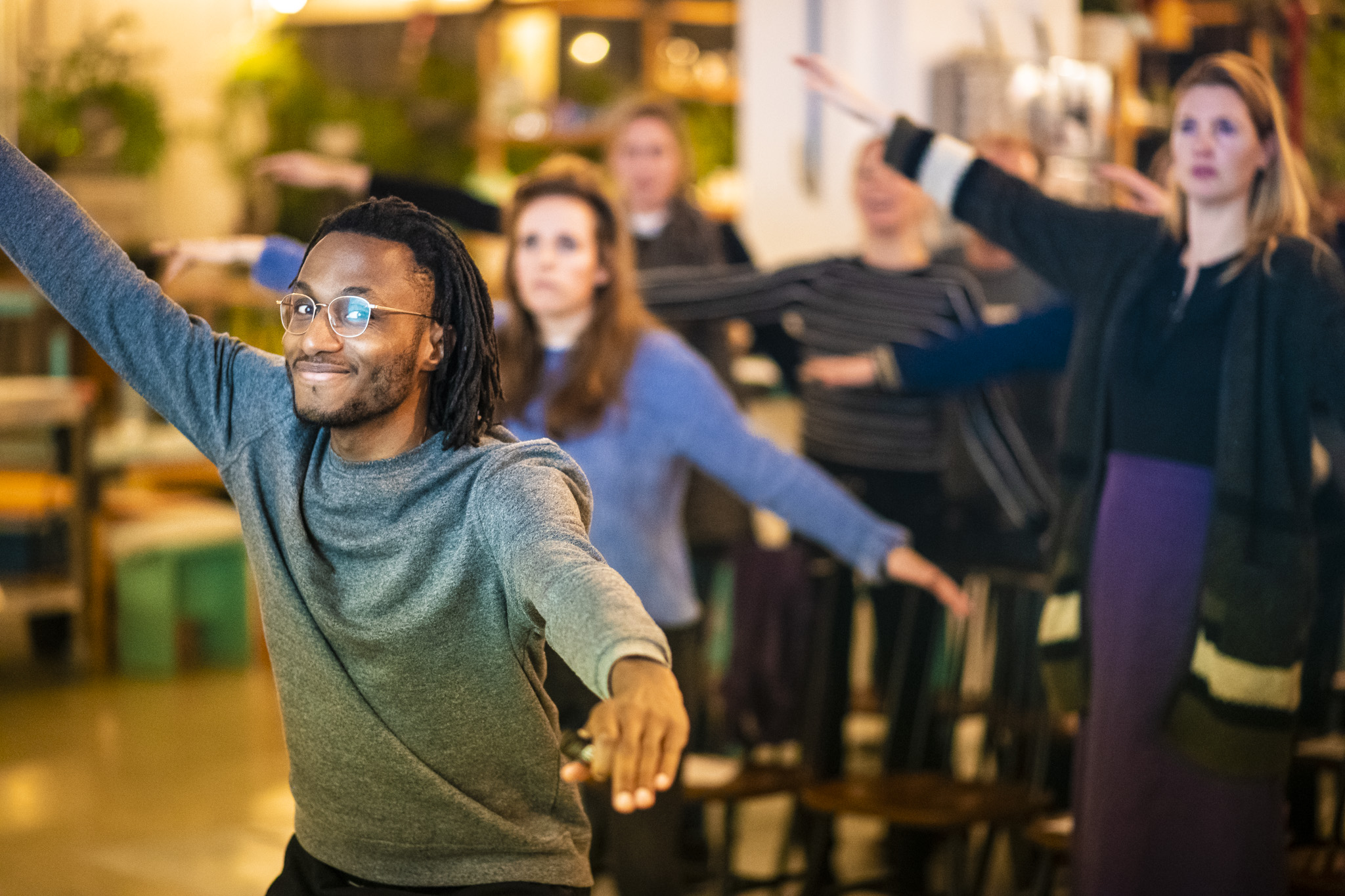

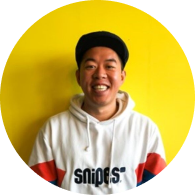
"I connect deeply with the overlap of dance and technology. The potential of it is beyond measure!"

"Art teacher, philosopher and breakdancer with knowledge on various media, my intention is to make sure youngsters understand why they do what they do."
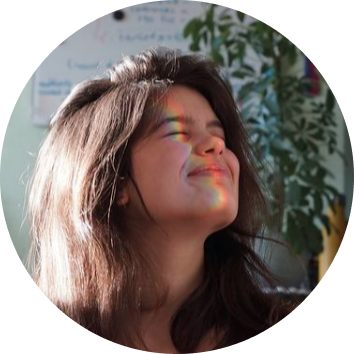
"Student, designer and dancer at heart, I’m here to learn and explore. My motto : Stay curious! "
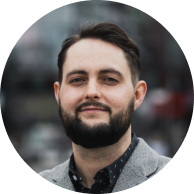
"I love working on edgy solutions that push and redefine the boundaries of what people and technology can accomplish."
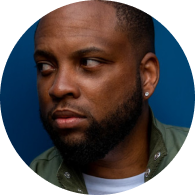
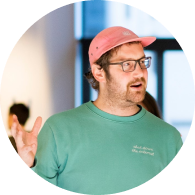
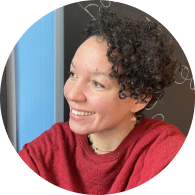
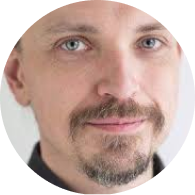
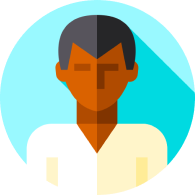
We believe moving the body is key in the paths of collaboration, synchronicity and self-growth.
We empower the whole community through creating from movement.
Play is the base for constructive and long lasting learning.
Let’s have some fun together!
Too many times we don’t value failure and take it as "bad". Failure is growth, it is important and meaningful to learn from it. We embrace failure quickly and share it so everyone takes advantage of it.
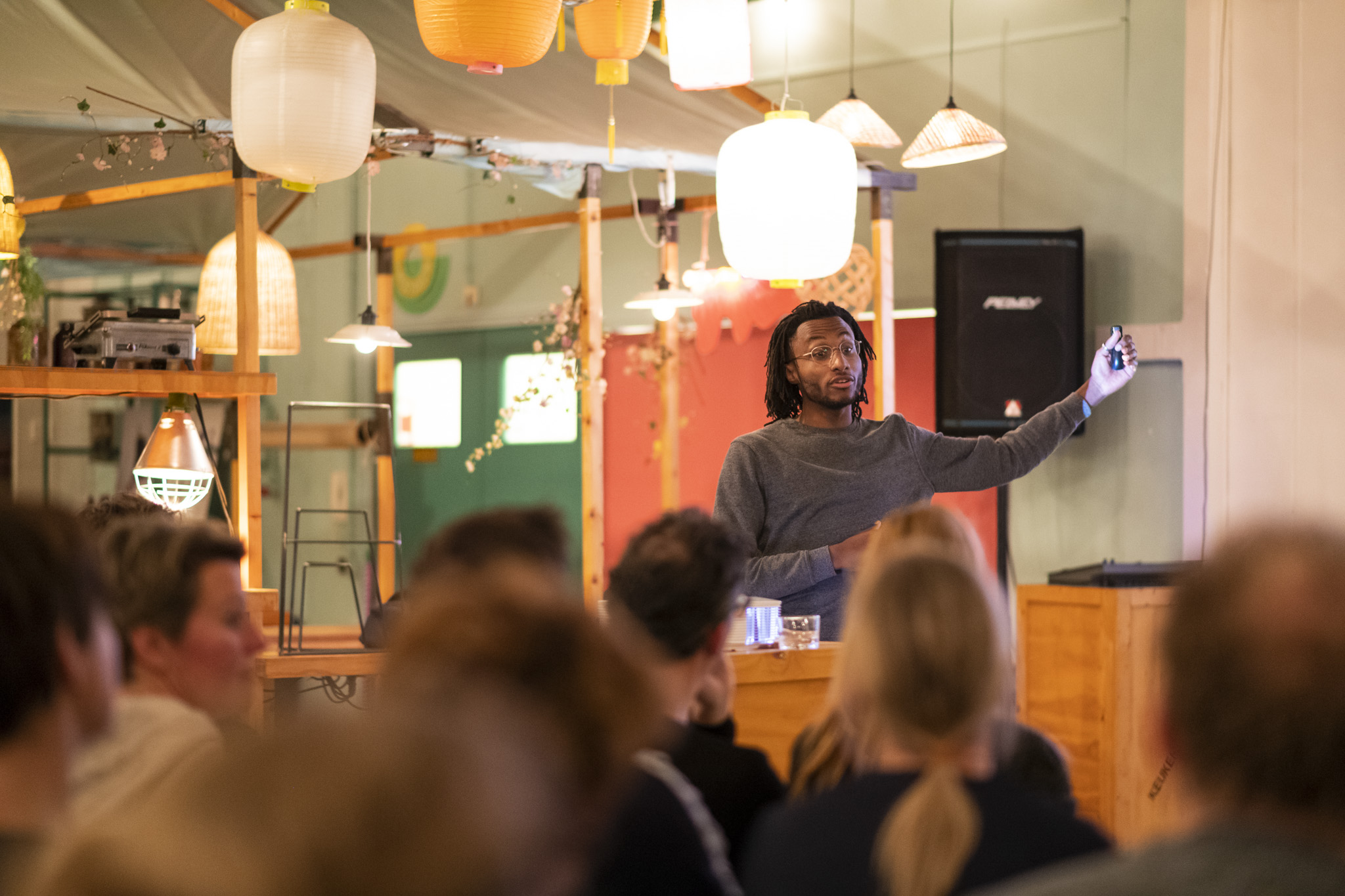
"Nowadays, everybody says : "the youth must learn how to code!" More and more governments fund it and many organizations follow the step. Though, it can be a challenging and confronting task to try to teach the youth digital skills, as an educator or as a parent. Especially since children and youngsters are more familiar with it, and since you don’t have much clue about how the digital world really works. I’ve been there, and I just turned 30..! It shows how quickly the world evolves around us. But the good news is : there are fundamental concepts in the digital world that can be understood! You just need to get it out of your head and let your body help in the process.
As someone that loves dance/movement, I couldn’t help but finding a way to code more creatively, to code by involving my body in the process. I also wanted to facilitate a way to teach that reasonably reduces screen time, and offers enough autonomy to the learners to play. I studied the basics of computer science and started to link it to daily life situations that involve the body: looking for underpants, making breakfast, going to the station, talking to people, and so on. It enabled me to see patterns of how we actually code daily with our bodies, without noticing it. It enabled me to communicate it more clearly, to a younger audience.
Today, we empower the youth by giving them tools we believe will help them thrive in today’s and tomorrow’s world. In that same logic, we help schools and cultural organizations fostering more balanced education for the youth."
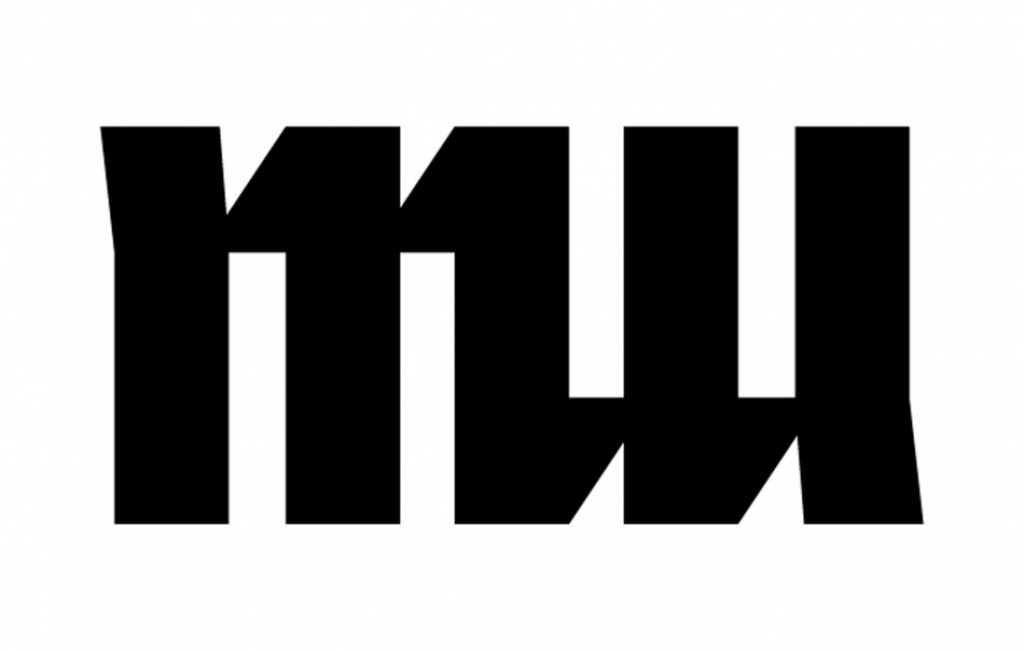
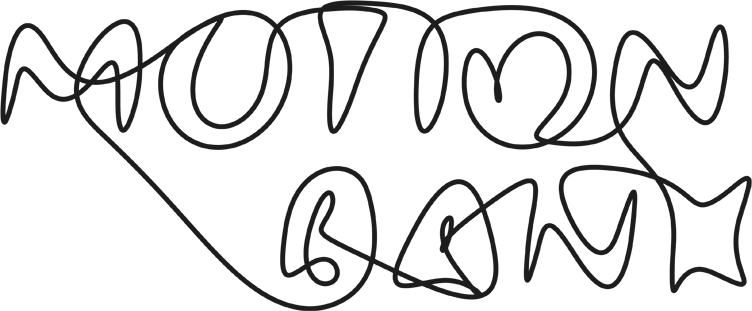
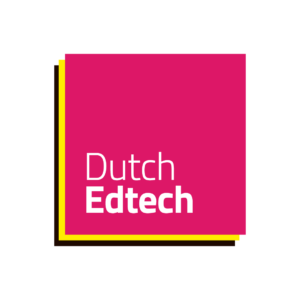
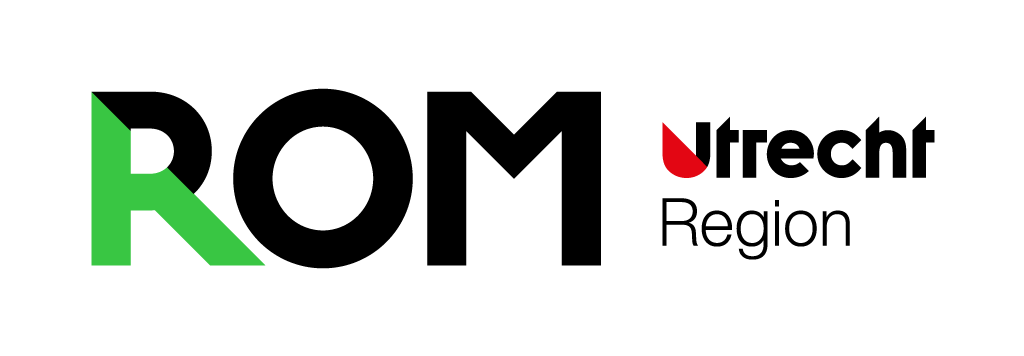
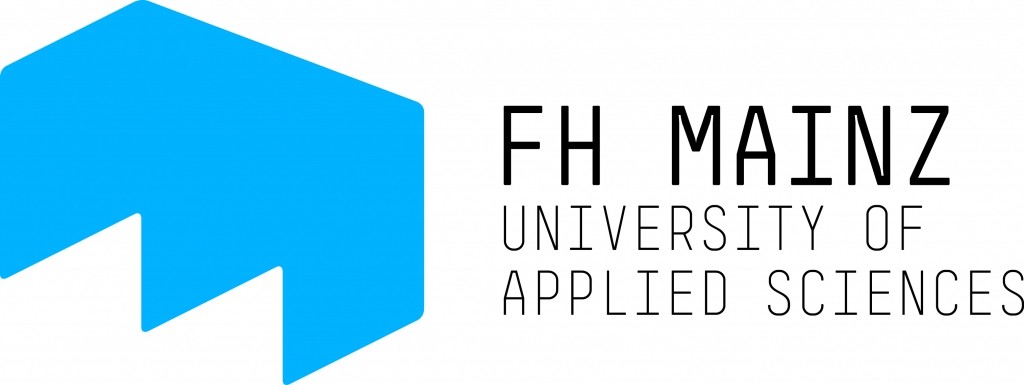
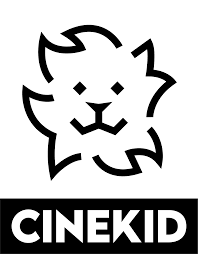
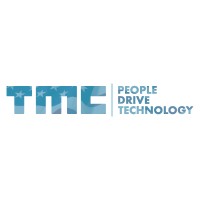
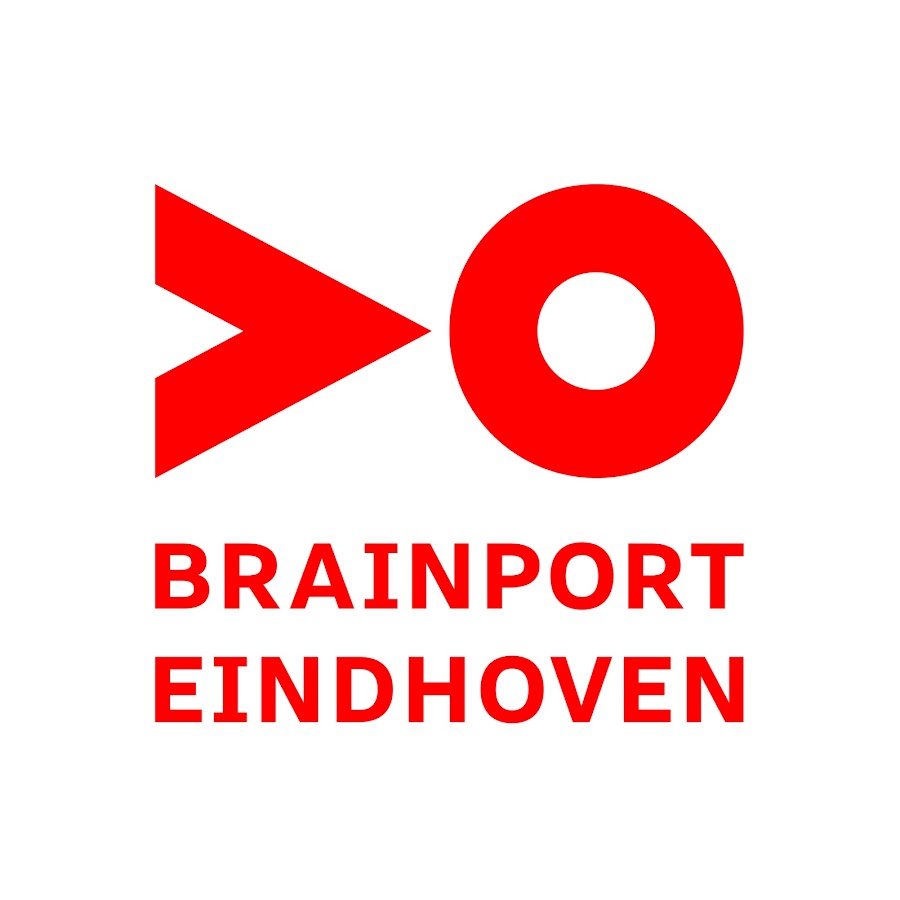

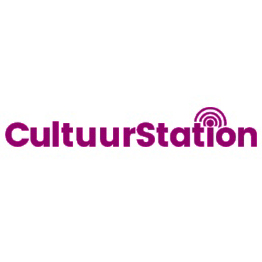
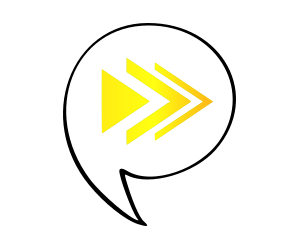
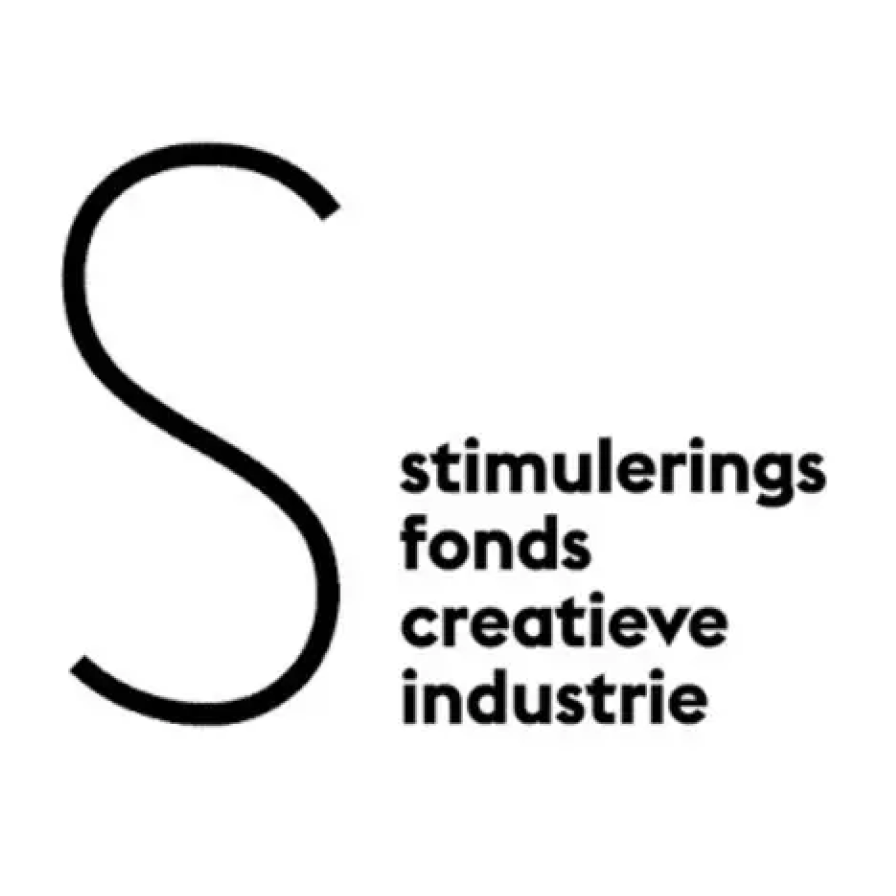
As educators we saw how creativity is powerful when we learn by moving our bodies. As much as we knew programming is a top skill to have in tomorrow’s world, we experienced how frustrating it is to learn it, especially at a young age when the body just asks for movement. As we like to say :
“We believe humans need to move in order to engage, play and create”,
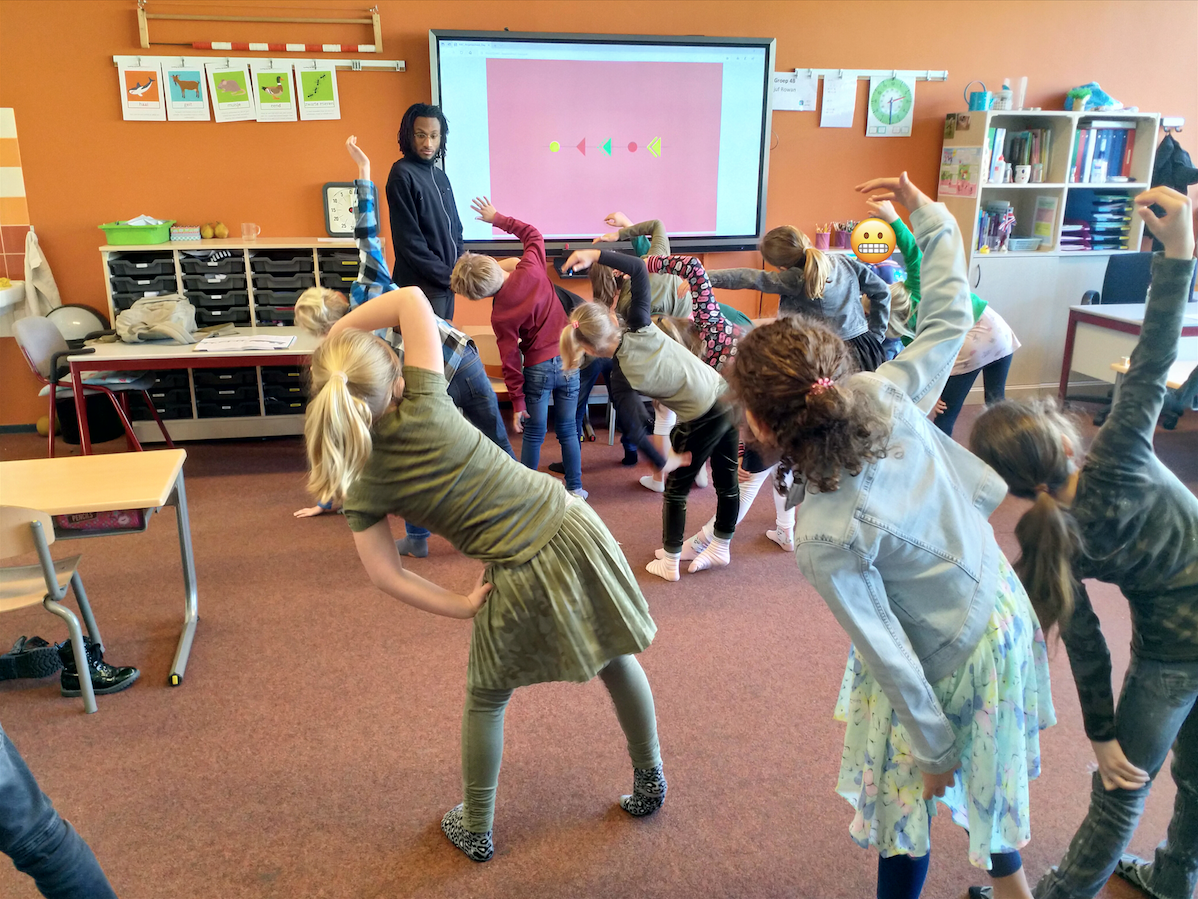
therefore we decided to merge the worlds of programming and dance/movement for the youth that likes to move to learn to create the world around them in an embodied way.
Partnering with MU hybrid Art House and their De Creatieve Code initiative, we managed to create courses for 4 years old and up, demystifying the abstraction of coding, giving them the space to move while increasing trust in their learning abilities.
Today we belong to the Body.coding movement and keep on developing courses. Our new baby is Body.scratch, a bodily way to get introduced to coding based on the work of the open source Scratch community.
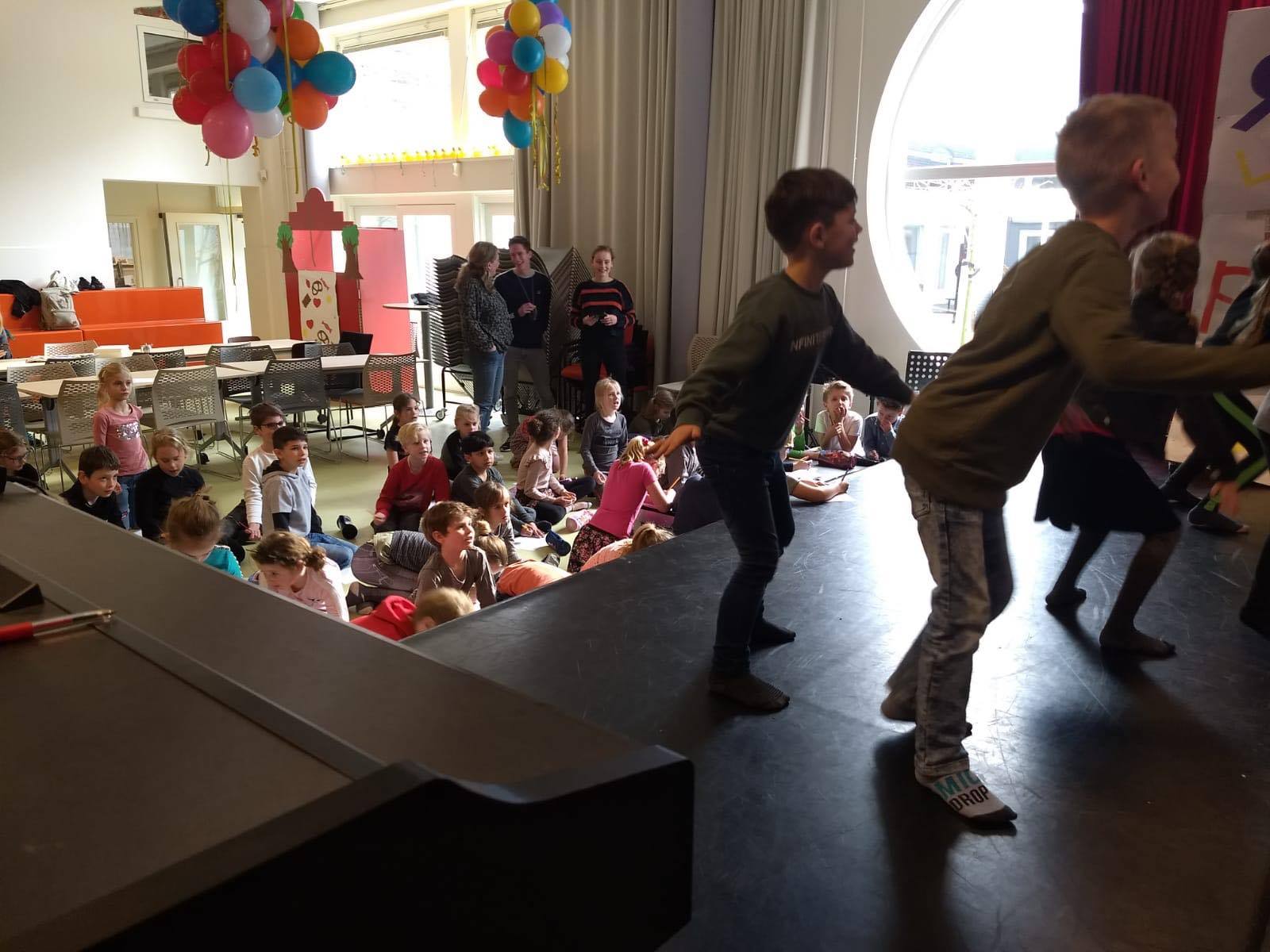
Contributing to creating a society where people are more connected to their body while learning is the key to self & collective fulfillment. Practicing cohesion between body and mind is major in the world we create. The more nations with a strong movement & dance culture rise, the more these new practices are needed in our lives, and this starts in the classroom!
A great way onsite schooling can reinvent itself is by utilizing the leverage of digital learning in combination with bodily intelligence. By improving the quality of the student’s embodied learning experience, school becomes a phygital* space for bodily encouraged interactions whether it involves technology or not. A place where socio-cultural understanding can be shared on such creative level than mental bound computing cannot replace.
In fact, the paradigm of screens is not the most relevant regarding bodily health, mental health and development of early childhood social cues. Although this “flat bright surface” is the most used for learning nowadays in a globalizing visual society, the pace in which technology advances will end it to favor XR* based learning experiences, once the technology will be affordable enough to a critical mass of people. Despite all these changes, the body remains, with its capacity to relearn the tools together with the mind. Balancing screen time for children is today a choice that could improve reading human emotions, develop motoric capabilities, feel confident in one's body and reduce daily mental load by cutting-off stimuli overload.
—
*phygital : simultaneously physical and digital
*XR : eXpanded Reality, the compound field of Augmented Reality, Virtual Reality and Mixed Reality.